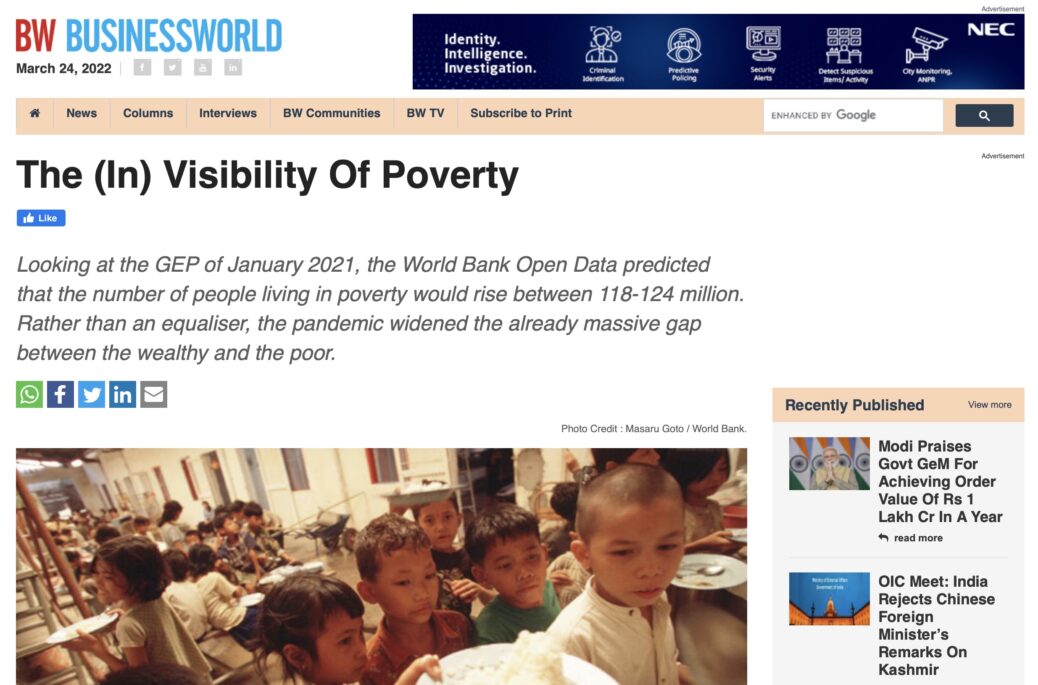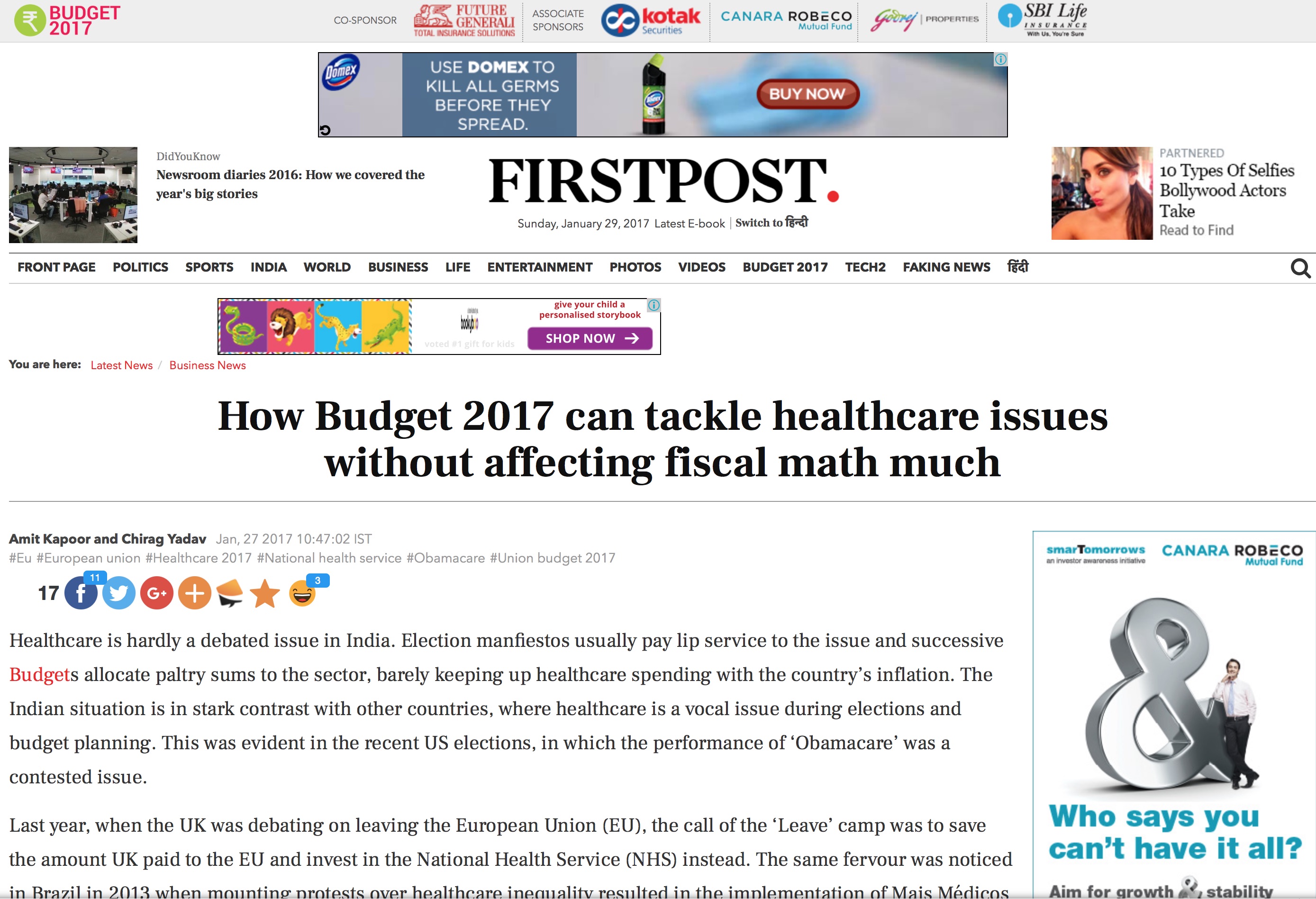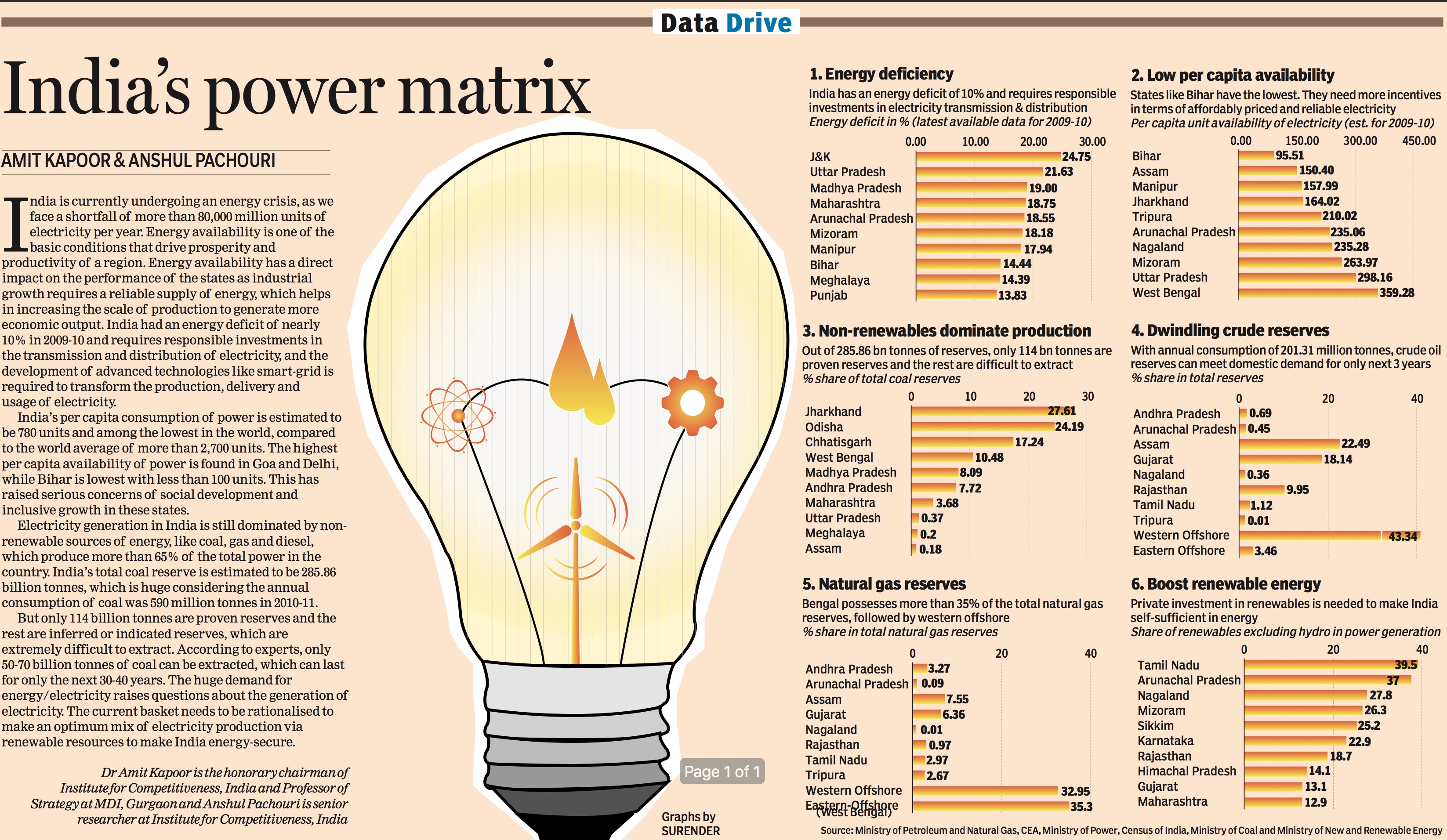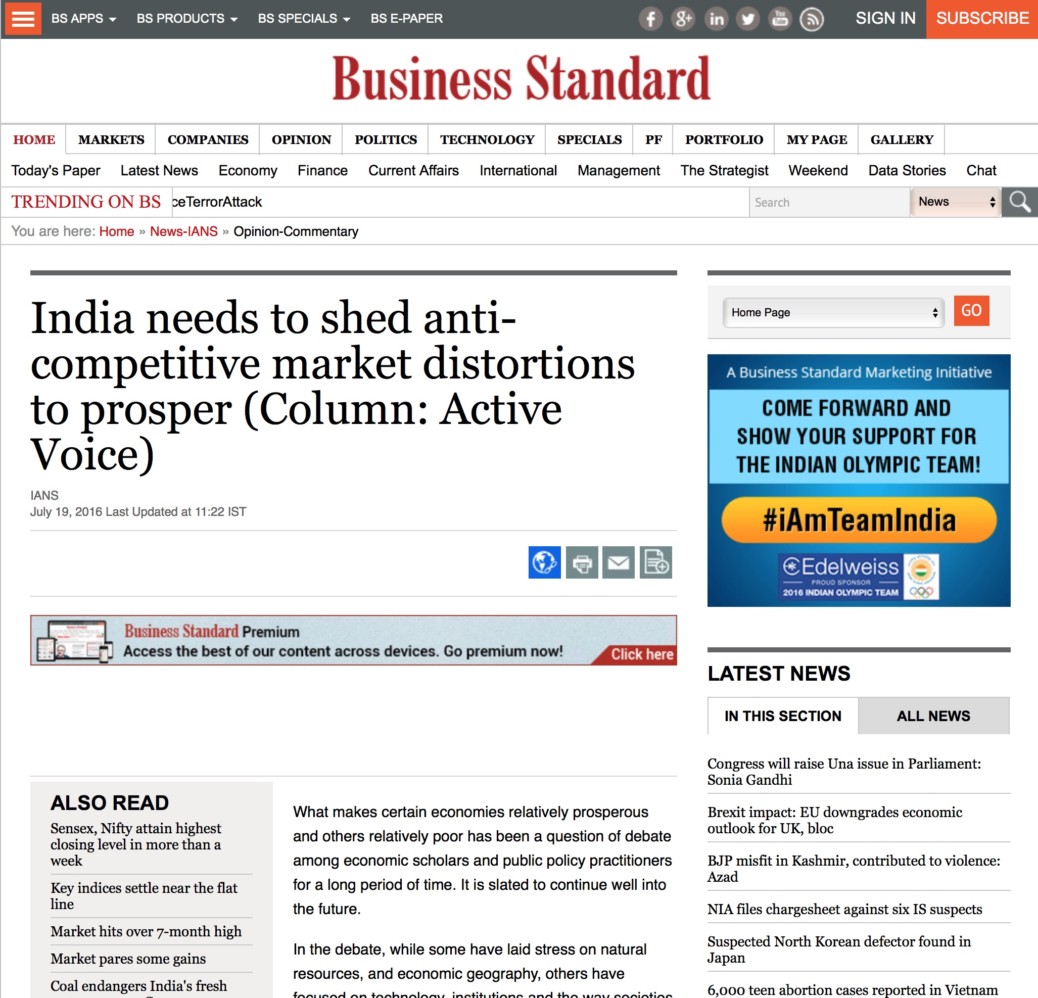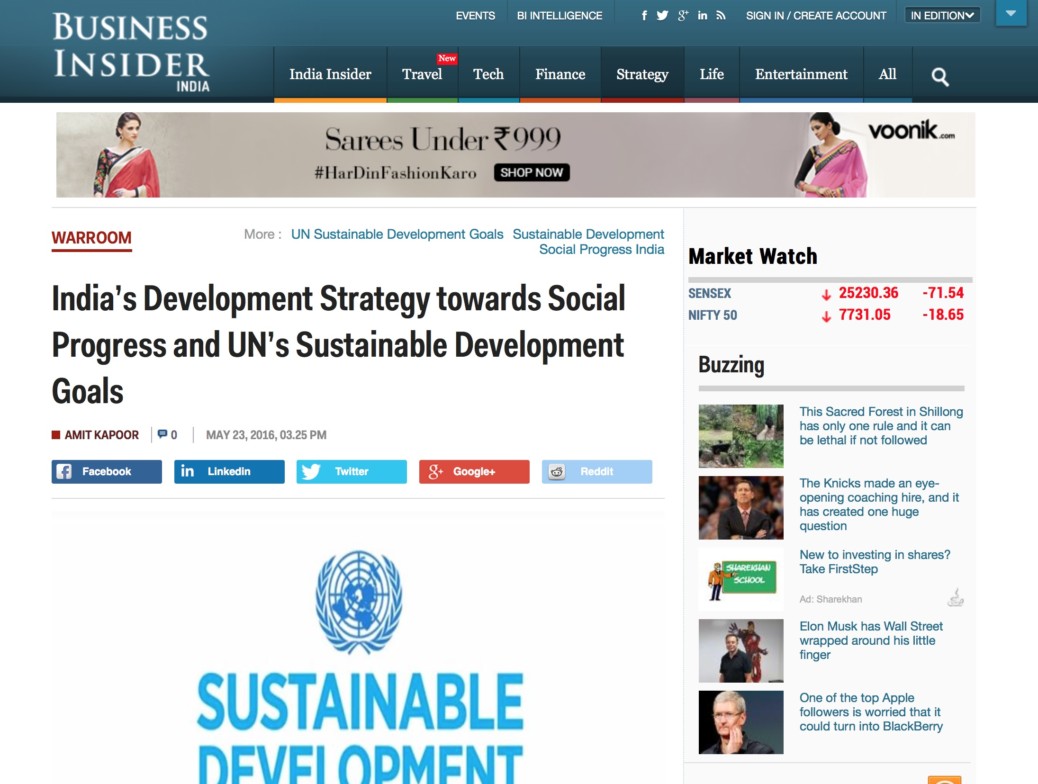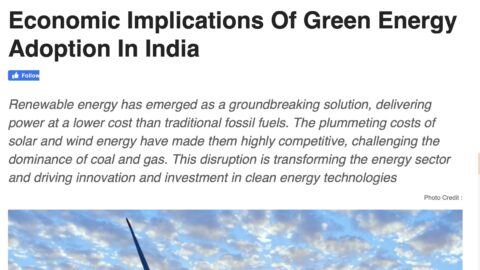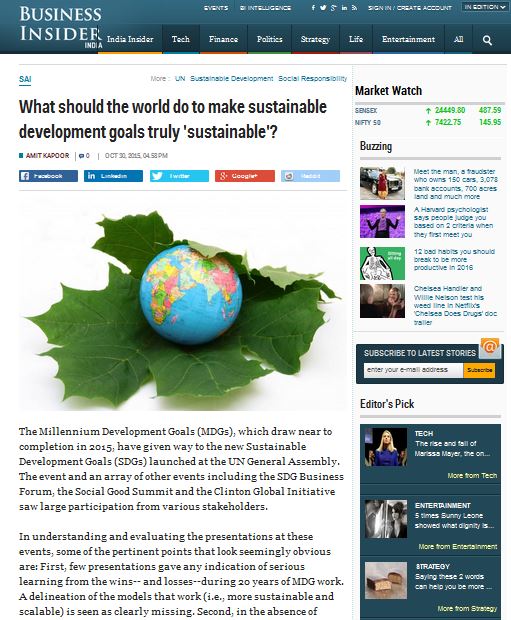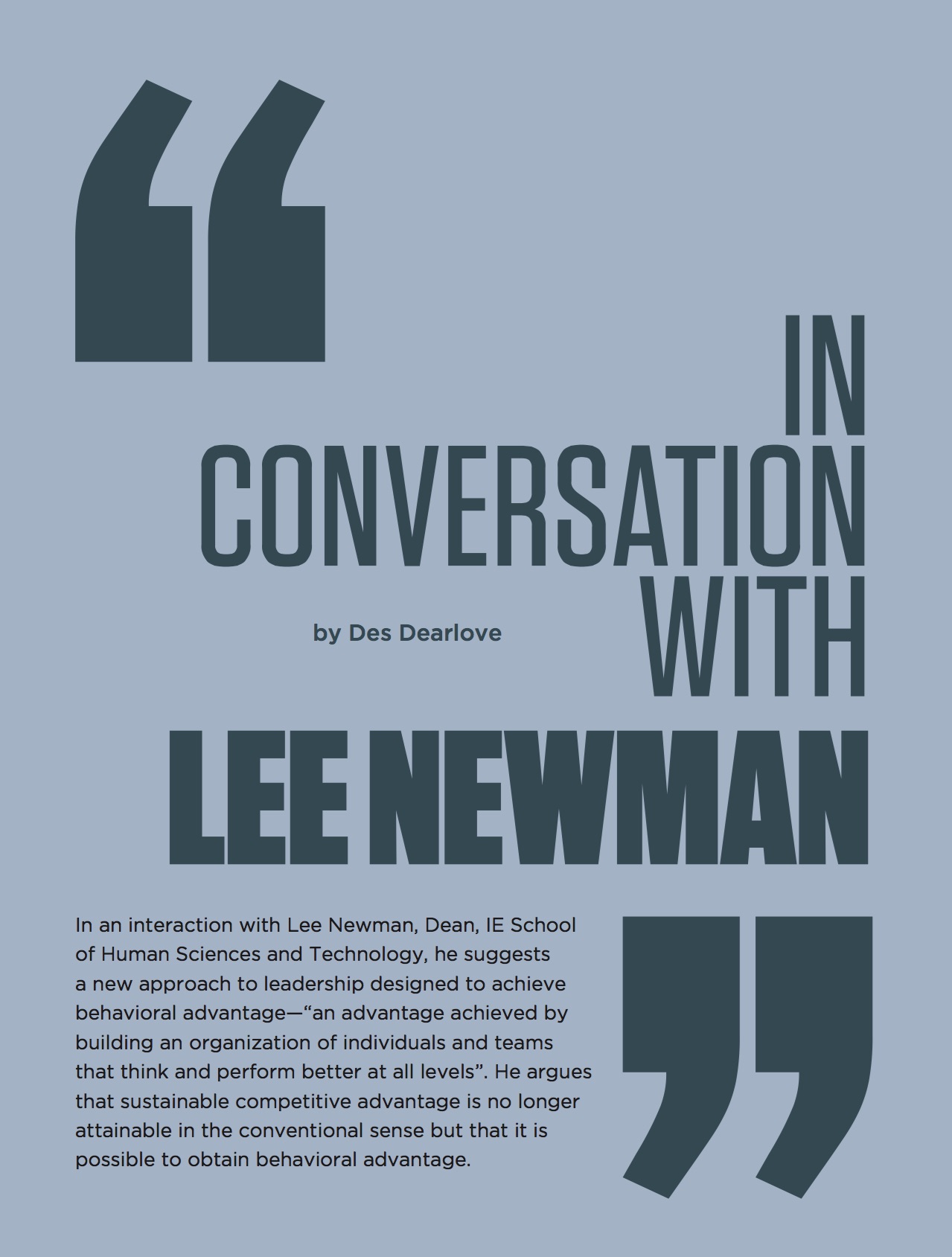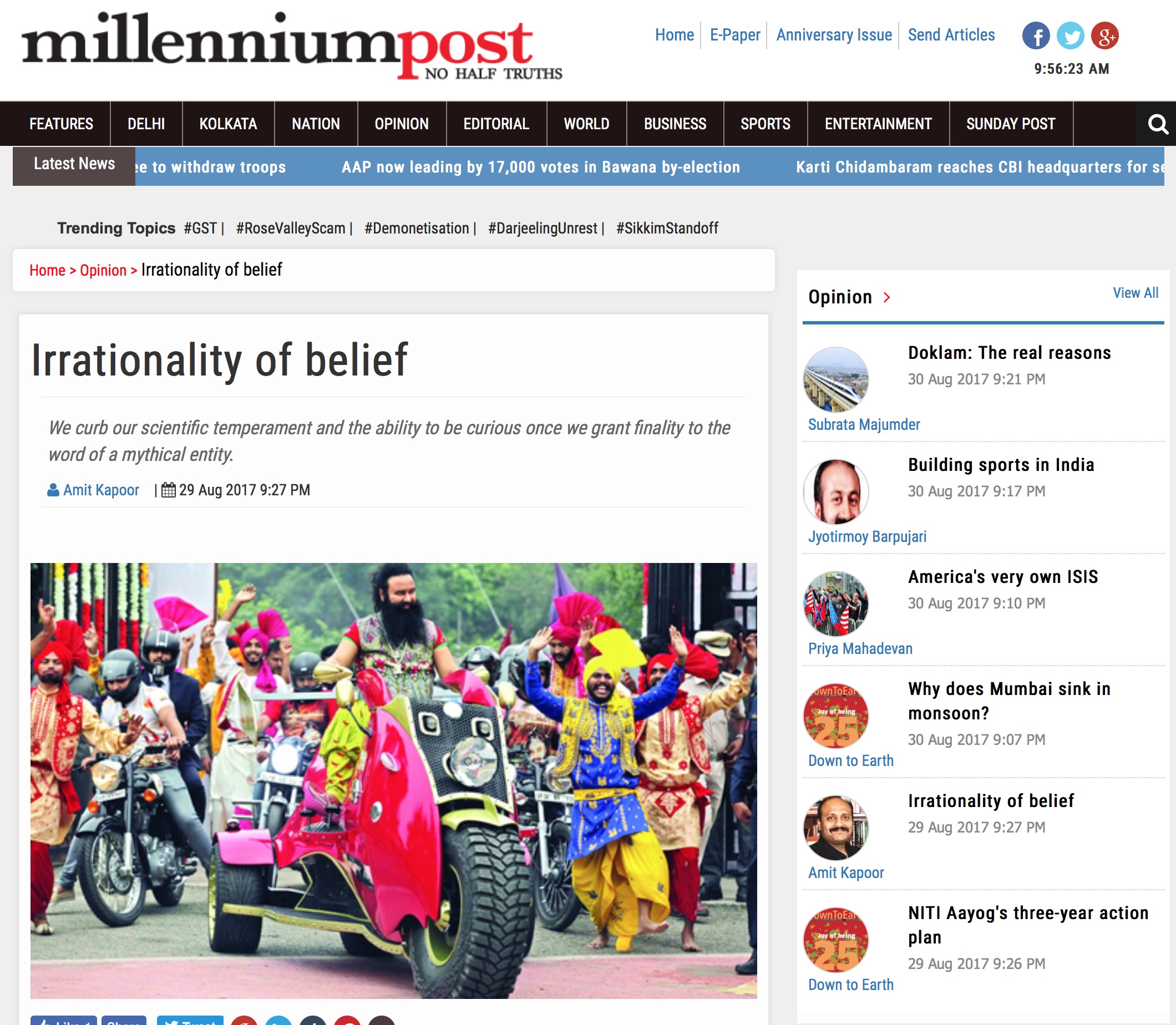Looking at the GEP of January 2021, the World Bank Open Data predicted that the number of people living in poverty would rise between 118-124 million. Rather than an equaliser, the pandemic widened the already massive gap between the wealthy and the poor.
Among many things, the Pandemic led to intensifying inequalities embedded in societies worldwide. As per calculations by the World Bank, 97 million people fell into abject poverty due to the Pandemic. This number was arrived at by looking at the difference between the latest growth forecasts in Global Economic Prospects (GEP) and the forecasts in the Global Economic Prospects before January 2020. Looking at the GEP of January 2021, the World Bank Open Data predicted that the number of people living in poverty would rise between 118-124 million. Rather than an equaliser, the Pandemic widened the already massive gap between the wealthy and the poor.
For the longest time, poverty was seen as an outcome of income and wealth disparity. The problem with this approach is that looking at the difference in wealth does not determine what caused those differences. A comprehensive approach, as we argue, therefore considers socio-economic triggers to poverty that restrict an individual’s capability, accessibility and sustainability. When we start asking questions about everyday experiences of poverty, we realise that every unique context in which an individual lives directly impacts the success of various policy interventions. Social protection schemes need to prioritise the socio-economic positions of a vulnerable group and target specific resistors to their upward movement. These resistors could range from discrimination based on caste, gender and religion or environmental causes like climate change that also impacts agricultural patterns of a region. The larger idea is to adopt comprehensiveness to bring about ease of living for the poor.
A comprehensive model also ushers a new understanding of poverty in unity with the Millenium Development Goals. As opposed to a “trickle-down” approach, the Millenium Development Goals aims to eradicate poverty and hunger in collaboration with the Food and Agricultural Organization (FAO) by focusing on increasing agricultural productivity, incomes and nutritional practices. This is to be achieved by working towards direct access to food for the most vulnerable communities. Through proper identification of beneficiaries, direct transfer of benefits and monitoring the status of the vulnerable population, further descent into poverty could be avoided. Active interventions at all levels imply that emphasis would be paid to immediate triggers to abject poverty and overlook the larger structure that enables the downfall and restricts any upwards movement. While a “trickle-down” approach focuses on growth at the top tier hoping that the benefits will increase opportunities for the ones at the bottom, MDGs highlight a redistributive route to poverty eradication.
This redistributive framework depends upon rechanneling the existing poverty alleviation schemes to prioritise restoring the dignity of life for the poor and conceptualising targeted plans that cater to unique resistors to growth for a particular region or community. Additionally, it is imperative to move beyond expenditure-based calculations for identifying those living on the poverty line or below. If at all expenditure calculations are to be considered, we need to assess the depth of the expenditure basket. This would mean practically assessing an amount required for an individual to sustain in a day, including per day rent, cost of transportation, and a nutritious meal. A truly comprehensive model stays away from making a universal assumption about how the poor lives. Poverty eradication as a goal can only be achieved when the solutions are embedded in the temporal and structural inhibitors of growth. It is also important to note that these inhibitors manifest differently across cultural communities and regions. These variables are as important as income measures and therefore should find themselves in economic and political decisions as part of social protection schemes.
The article was published with Business World on January 27, 2022.

